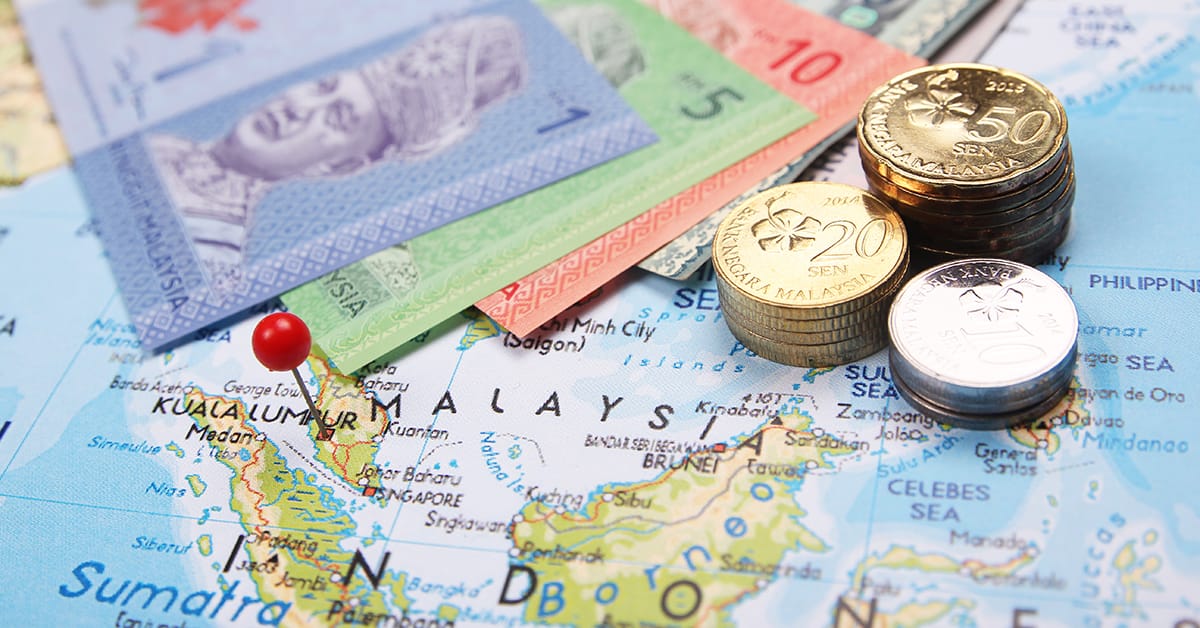The region’s local-currency bond markets are surging, fueled by US dollar concerns, investor demand—and the “greenium.”

For Asia’s local-currency bond markets, these are the good times. While such bonds are becoming the funding vehicle of choice for the region’s issuers, they are also coming into their own as a fixed-income asset class, buoyed by the popularity of green and sustainable debt.
Local-currency issuance from Asia-Pacific, excluding Japan and Australia, surged to its highest level in a decade last year, notching $2.7 trillion in issuance, according to Refinitiv, for a 10% increase over 2021. Nearly half—47%—of that total came from the region’s sovereign issuers, and the bulk of the remainder (31%) from banks and financial companies.
Asian domestic currency debt’s turn on center stage has been a topic among economists ever since the Asian financial crisis of the late 1990s, which was widely blamed on the “original sin” of relying on external dollar funding. Lately, the challenge of servicing dollar liabilities out of currencies depreciated against a surging greenback has brought back the specter of financial crisis. Around a third of emerging market borrowers’ dollar bonds were trading at distressed levels late last year, according to Bloomberg, thanks in large part to that funding mismatch.
In emerging Asia, however, only the dollar bonds of Sri Lanka, Pakistan, and Mongolia traded at default-predictive levels in 2022, and they recovered sharply in January and February, partially on the back of China’s reopening, an end to rate hikes by the US Federal Reserve and intervention by the International Monetary Fund. But dollar bond markets remained in a febrile state as the Fed began tightening again in March.
This is where, in Asia, local currency bond markets come in to fill the breach. The region’s underlying policy rate dynamic has been slower moving and more benign than its stateside counterpart. The Central Bank of the Philippines has been the most aggressive, hiking its policy rate 400 basis points since last year, while Bank Indonesia has tightened 225 basis points and Bank of Thailand 100 basis points. But unlike the Fed, these institutions, with the possible exception of Thailand’s, have put further rate hikes on hold as regional inflation rates look to have peaked.
Asia’s fundamentals also remain strong across a range of variables including GDP growth and bank balance sheets: with the exception of the outliers mentioned above and others that are not yet able to tap offshore debt markets, such as Myanmar and Bangladesh.
For Asian issuers, domestic debt makes sense; there is no need for currency hedging, so issuance cost is reduced, whereas forward exchange rates on the dollar/Asian currency pairs used to hedge dollar issuance have increased markedly since the Fed began its tightening cycle a year ago.
“The huge volume we have seen emerging from Asia in the offshore public G3 primary bond markets was to a large extent driven by relatively low funding cost compared to local rates,” says Mushtaq Kapasi, managing director and chief representative, Asia-Pacific, at the International Capital Markets Association in Hong Kong. “Since that environment has shifted due to monetary tightening in the US, domestic debt markets in Asia have become a more attractive funding source compared to international markets.”
Rates and funding costs are not the only forces driving Asian domestic bond growth, however. Issuers are looking for new sources of investor demand, exploring new formats—such as green sukuk in Indonesia and Malaysia—and grappling with how to finance the region’s huge infrastructure needs according to sustainable use-of-proceeds principles.
“As public sector borrowing requirements grew sharply during the Covid-19 years, Southeast Asian governments maintained their domestic local currency funding bias whilst enhancing their distribution channels,” notes Jonathan Grosvenor, assistant treasurer in the Client Solutions Division at the Asian Development Bank in Manila. “The Philippines relied on distributed ledger technology (DLT) solutions to develop its digital retail bond issuance program. On a much smaller scale, but indicative of this growing trend within domestic markets, Cambodia unveiled its first one-year local currency government bond issues in the fourth quarter of 2022.”
GSS Bonds on the Rise
Asia-Pacific issuance of green, social and sustainability (GSS) bonds achieved something of a watershed year in 2022. Sovereigns led the way, with the Monetary Authority of Singapore (MAS) making headlines last August with an issuance of S$2.4 billion ($1.7 billion), that for the first time extended the city-state’s domestic-bond maturity threshold beyond 30 years, to 50 years, and provided a liquid and transparent long-tenor benchmark for other Singaporean issuers.
“MAS’s 50-year green bonds served as an important benchmark for the Singapore bond market’s yield curve extension,” says Clifford Lee, head of Debt Capital Markets at DBS Bank in Singapore. “At the same time, the MAS achieved a negative new issue premium of -9 basis points, of which 4 basis points represented the ‘greenium.’” The greenium represents the issuer’s cost saving from adopting the green bond format versus a conventional deal.
Other Asia-Pacific sovereigns joined the green bond bonanza. In May Hong Kong underlined the region’s increasingly significant local currency retail bid via a HK$20 billion ($2.5 billion), three-year offering; Malaysia opened up the ringgit space in September with a RM4.5 billion ($969 million), 15.5-year sukuk offering.
Last year’s highest greenium achieved in the local-currency GSS sovereign market went to Thailand, which notched an 8-basis-point greenium on a 3.4%, 14-year domestic deal it floated last September as part of a dual-tranche transaction.
“Asian sovereigns have not been latecomers to the GSS market,” says Carmen Nuzzo, head of Fixed Income, Investment Practices at Principles for Responsible Investment, the UN-supported network of financial institutions. “But they are paving the way for more issuance, as a growing number of companies recognize the importance and benefits of sustainable finance and consider climate risk within their business strategies.”
The GSS surge shows signs of continuing this year. In January, India brought its long-anticipated inaugural green bond to market via an 80 billion rupee ($980 million), dual-tranche auctioned deal. The issuer realized a hefty 6bp greenium, tapping demand from big onshore insurance companies, pension funds, and other foreign investors, some of which embraced the potential alpha upside of holding rupee debt unhedged.
That upside appeared tempting as India was pricing the green bond at a point when the rupee had appreciated following a three-year decline versus the dollar and as speculative foreign cash was anticipating the inclusion of the Indian rupee bond market in the JPMorgan GBI-EM Global Diversified index. Index listing is expected to draw $20 billion to $30 billion of foreign inflows into the rupee bond market.
High demand manifested in recent sovereign GSS deals—India achieved a $4 billion-equivalent book for its debut green offering—explain the rising greenium trend and provide a powerful tailwind for other regional GSS issuers. Underlying trends include commitments from Asia-Pacific governments to achieve carbon neutrality—in most countries by 2050, in China and India by 2060 and 2070, respectively—and a related push by regional regulators to make environmental, social, and governance-related corporate reporting mandatory, particularly regarding CO2 emissions.
“Some countries are using sovereign green bond issuance as a tool to both contribute to environmental policy goals and to diversify their domestic capital markets,” says Nneka Chike-Obi, senior director and head of APAC ESG Ratings and Research at Sustainable Fitch in Hong Kong. “The governments of Singapore and Hong Kong have explicitly said that their own green bonds are part of plans to create a green finance infrastructure in their financial sectors.”



